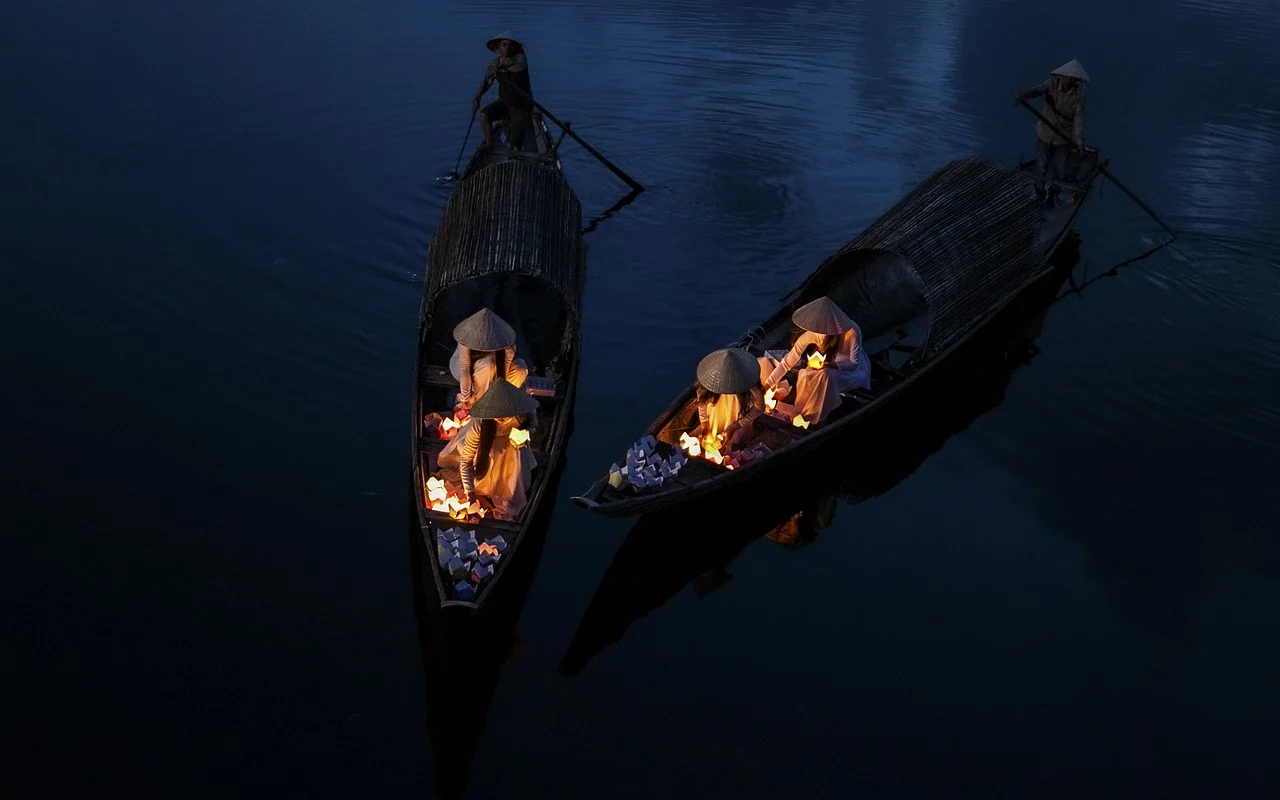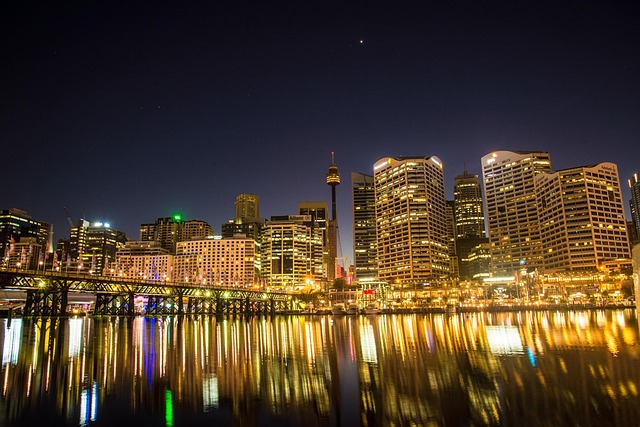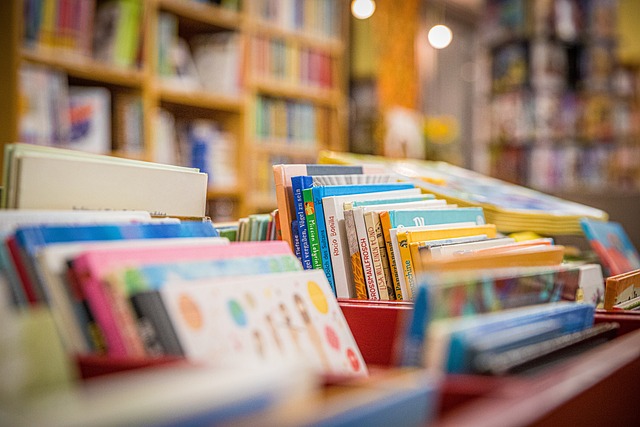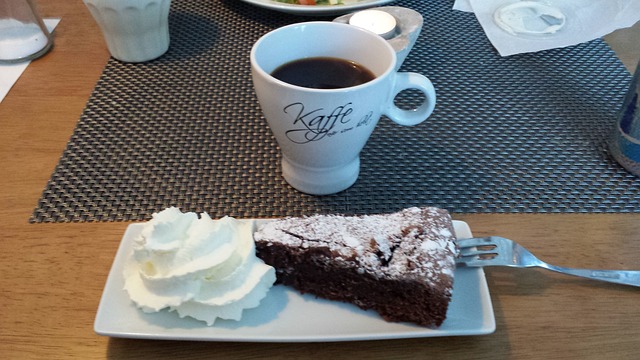Swiss Traditions: Cow Parades and Alpabzug
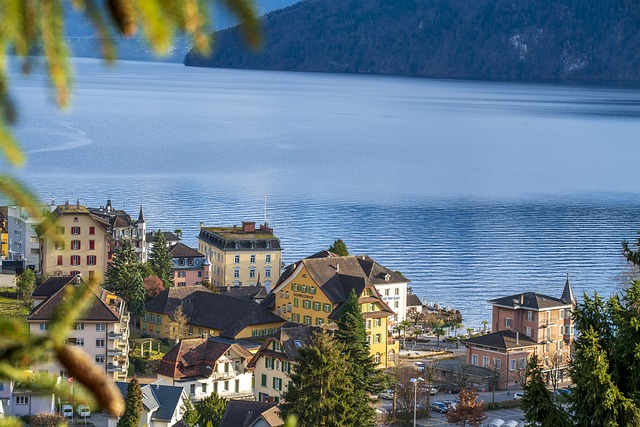
Switzerland, a country renowned for its breathtaking alpine landscapes, precision watches, and delectable chocolates, is also home to a rich tapestry of traditions that reflect its deep-rooted connection to nature and rural life. Among these traditions, two stand out as particularly emblematic of Swiss culture: the Cow Parades and the Alpabzug (or Désalpe in French). These events, which celebrate the seasonal migration of cattle to and from the alpine pastures, are not only a testament to Switzerland’s agricultural heritage but also a vibrant display of community spirit, folklore, and craftsmanship. In this article, we will delve into the history, significance, and modern-day celebrations of these unique Swiss traditions.
The Alpine Pastures: A Way of Life
To understand the importance of Cow Parades and Alpabzug, it is essential to first appreciate the role of alpine pastures in Swiss culture. For centuries, Swiss farmers have practiced transhumance, a seasonal movement of livestock between lowland valleys and high-altitude meadows. During the summer months, cows, goats, and sheep are led to the alpine pastures, where they graze on lush, nutrient-rich grasses. This practice not only ensures the health and productivity of the animals but also contributes to the maintenance of the alpine ecosystem by preventing overgrowth and soil erosion.
The milk produced by these cows is often used to make Switzerland’s famous cheeses, such as Emmental, Gruyère, and Appenzeller. Thus, the alpine pastures are not just a scenic backdrop but a vital component of Switzerland’s agricultural economy and culinary identity.
Cow Parades: A Festive Ascent to the Alps
As spring turns to summer, Swiss villages come alive with the tradition of Cow Parades, also known as Alpaufzug or Alpauffahrt. This event marks the beginning of the grazing season, as farmers lead their cattle from the valleys up to the alpine pastures. The parade is a joyous occasion, filled with music, traditional costumes, and elaborate decorations.
The Decorations: A Labor of Love
One of the most striking features of the Cow Parades is the adornment of the cows themselves. Farmers take great pride in decorating their animals with flower crowns, bells, and embroidered headpieces. The largest and most ornate bells, often passed down through generations, are reserved for the lead cow, known as the Kranzkuh or “crown cow.” These decorations are not merely for show; they symbolize the farmers’ respect for their animals and their gratitude for the bounty the cows provide.
The Procession: A Community Affair
The parade typically begins early in the morning, with farmers, their families, and sometimes even entire villages joining in the procession. The cows, adorned in their festive attire, are led through the streets, accompanied by the melodic clanging of their bells. Musicians playing traditional instruments, such as the alphorn or the Schwyzerörgeli (a type of accordion), add to the festive atmosphere. Spectators line the streets, cheering on the procession and enjoying local delicacies, such as bratwurst and rösti.
The Significance: A Celebration of Renewal
The Cow Parade is more than just a picturesque event; it is a celebration of renewal and the cyclical nature of life. The ascent to the alpine pastures symbolizes a fresh start, as the cows leave behind the confines of the barns and return to their natural habitat. For the farmers, it is a time of hope and anticipation, as they look forward to a productive summer and a bountiful harvest.
Alpabzug: The Grand Descent
As summer fades into autumn, the cows make their way back down to the valleys in a tradition known as Alpabzug or Désalpe. This event, which takes place in September or early October, is even more elaborate and festive than the Cow Parade. It marks the end of the grazing season and the return of the cows to their winter quarters.
The Decorations: A Grand Finale
Just as in the Cow Parade, the cows are adorned with intricate decorations for the Alpabzug. However, the autumn event often features even more elaborate displays, as farmers compete to showcase the most beautifully decorated cows. The lead cow, or Kranzkuh, is once again the star of the show, wearing the largest bell and the most ornate headpiece.
The Procession: A Feast for the Senses
The Alpabzug is a sensory feast, with the cows’ bells creating a symphony of sound as they make their way down the mountain. The procession is accompanied by traditional music, dancing, and singing, as well as the aroma of hearty Swiss dishes being prepared for the festivities. Farmers and villagers dress in traditional attire, adding to the event’s cultural richness.
The Significance: A Time of Gratitude
The Alpabzug is a time of gratitude and reflection. Farmers give thanks for a successful summer and the safe return of their cows. The event also serves as a reminder of the close bond between humans and animals, as well as the importance of preserving traditional ways of life in an increasingly modern world.
Modern-Day Celebrations: A Blend of Tradition and Tourism
While Cow Parades and Alpabzug remain deeply rooted in Swiss agricultural traditions, they have also evolved to embrace modern influences. Today, these events attract not only locals but also tourists from around the world, eager to experience Switzerland’s unique culture firsthand.
Tourism and Economic Impact
The popularity of Cow Parades and Alpabzug has turned them into major tourist attractions, contributing to the local economy. Many villages now organize special events, such as markets, concerts, and cheese tastings, to coincide with the parades. This influx of visitors provides a welcome boost to rural communities, helping to sustain their way of life.
Preservation of Tradition
At the same time, there is a growing awareness of the need to preserve these traditions in their authentic form. Efforts are being made to ensure that the cultural and historical significance of Cow Parades and Alpabzug is not lost amidst the commercialization. This includes educating younger generations about the importance of these events and encouraging their active participation.
